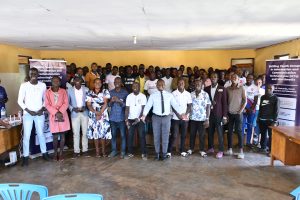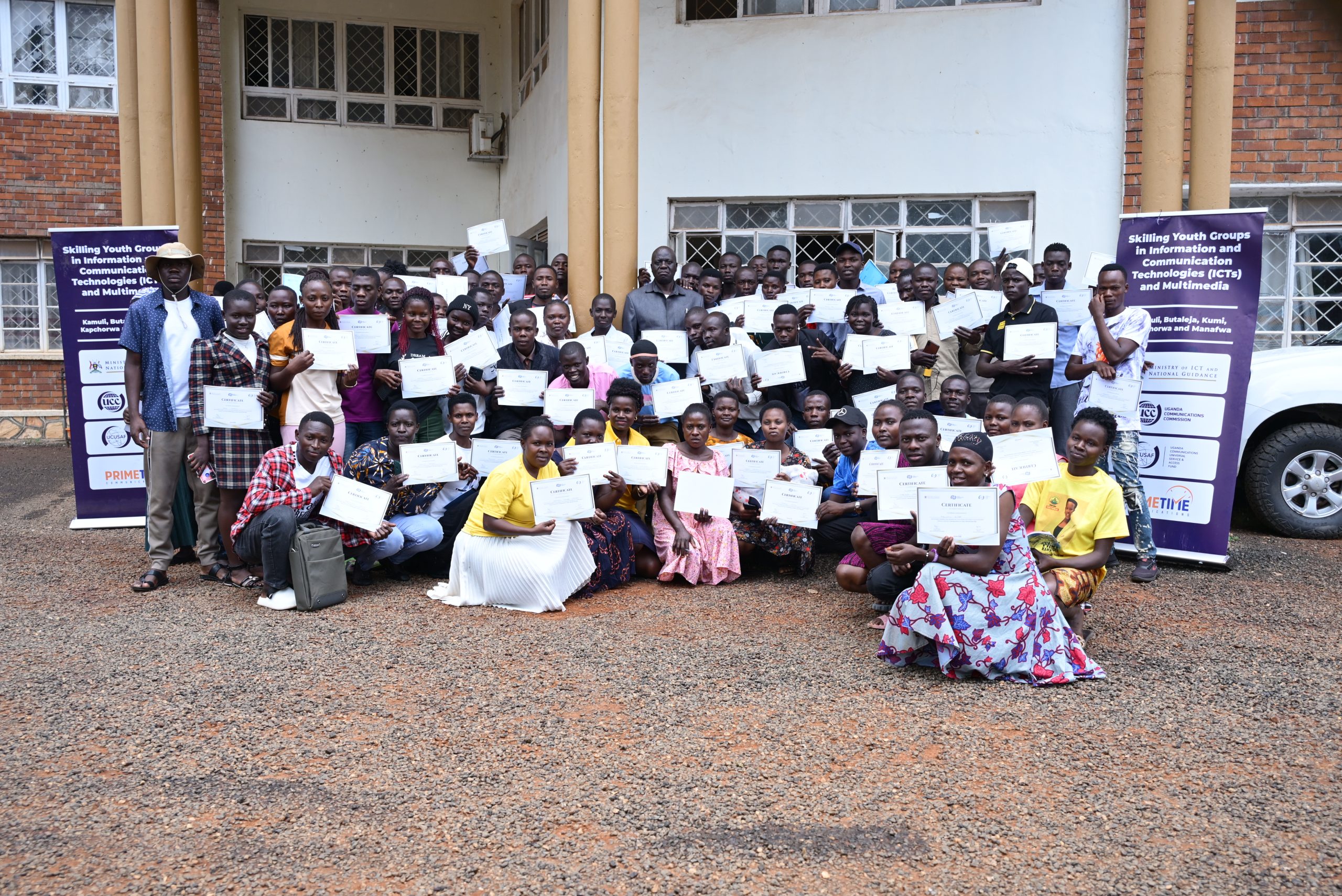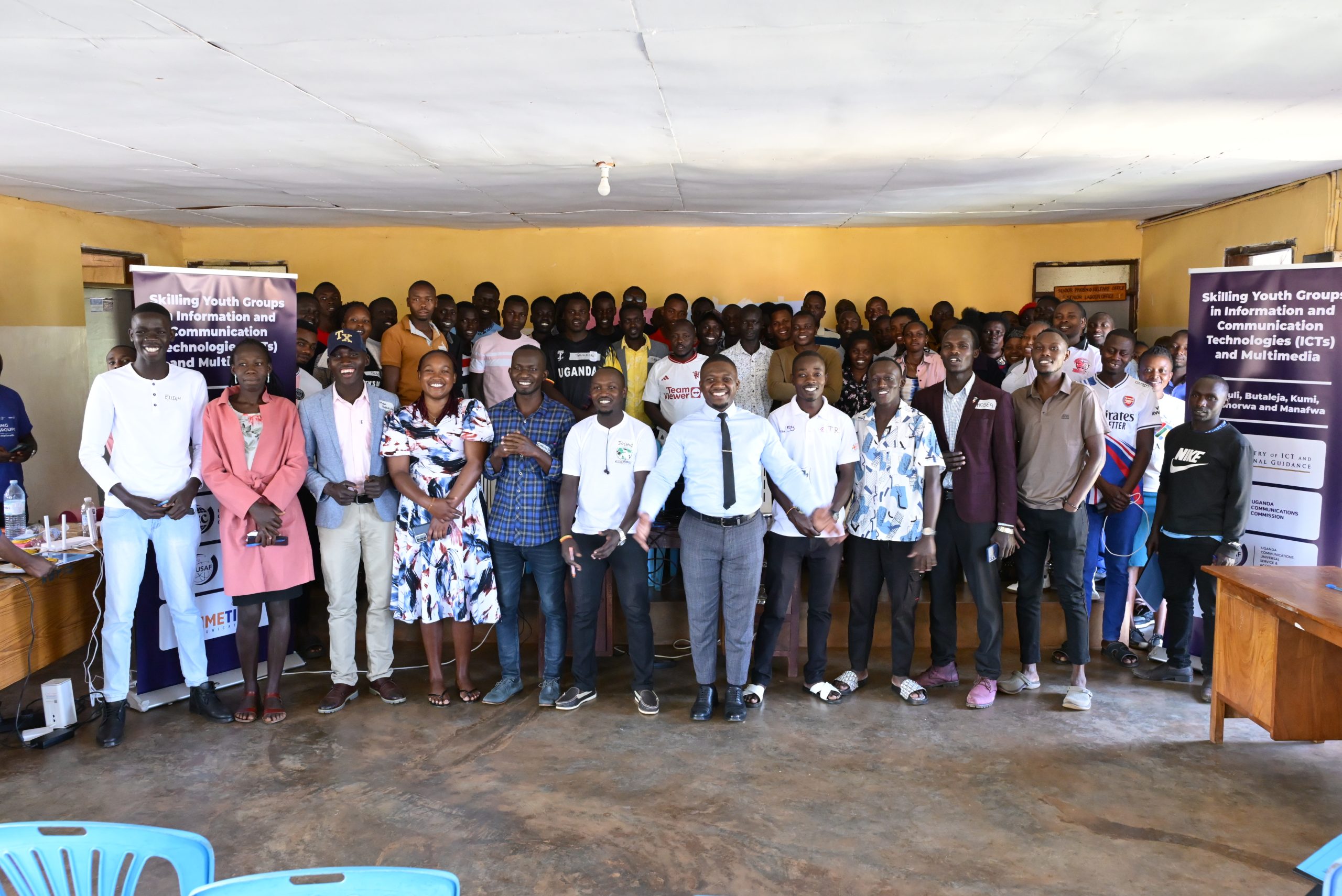#OutToLunch Lessons from Messi: Success takes time
By Denis Jjuuko
Lionel Messi wrote his name in history with heroic displays at the just concluded FIFA World Cup in Qatar. The tournament, a first of many, was the first to be held in the Arab world while Morocco became the first African country to compete in a semifinal.
But the 2022 FIFA World Cup will always be remembered for the heroics of Lionel Messi, the maestro who stands taller than his body height suggests. The debate whether he was greater than Christian Ronaldo was ended on that Sunday — though it should have ended in 2014 when Messi guided Argentina to the final in Brazil. But on that night, he came short as Germany won it that day.
The debate online now is whether he is greater than Diego Maradona or Pele even though the debate of who is the GOAT — greatest of all time — will never be won. Those who watched Pele will continue to believe he is the GOAT. Those who lived in Maradona’s time will name him as the GOAT.
Before the match on Sunday, Messi said the final would be his last at the world cup. He is 35 years old and in 2026 when the next one is held, he will be 39. At 35, already in footballing terms, he is considered a pensioner (especially for an attacker). His ability to play at that age for more than 120 minutes shows how great he reserves his energies and how Argentina was able to construct a team around their soccer genius.
Argentina and Messi understood that their captain wouldn’t be able to run with the ball from his own half and score wonder goals like he used to do especially for Barcelona. So, Messi many times milled around the half way line or deep in his own half where he made tricky passes to his fastest compatriots like Julian Alvarez like we saw against Croatia.
At 35, Messi didn’t just show up and won the world cup. He started his quest to win it in 2006 and only won it at his fifth attempt in 2022, that is 16 years of waiting. Sixteen years of hard work — keeping his body in shape, changing his overall play so he can control the tempo of the game with his passes or incisive runs. His coach understood that his own destiny was also with Messi. Yet at 35, Messi still scored seven goals in the tournament, one short of golden ball winner, France’s Kylian Mbappe.
At one stage, Messi actually quit the national team. Success was eluding him both in the Copa America (competition for South America) and the grandest of them all — the world cup. Being the skillful great player he is, he was being blamed at home by some sections of Argentina’s failure to win. Some people talked him out of it and he ended up winning the Copa America for the first time in 2021 and now the world cup.
What do we learn from Messi’s win in Qatar? That success takes time. That the road to success is not always clear cut and many times one could even doubt themselves but if they keep knocking on doors, some will end up opening. In Qatar, Argentina actually lost its opening game against minnows Saudi Arabia and it looked like Messi’s dream was over. But Argentina was able to rise again.
In the quarterfinals and again in the final on Sunday, Argentina actually lost 2-0 leads with a few minutes to go. Another player would have given up but Messi scored Argentina’s third goal on Sunday. France pegged them back to 3-3. Messi stood up and took the team’s first shot in the penalty shoot-out. That is leadership.
Success doesn’t come on a sliver platter. But it also takes a lot of time. There will always be exceptions. Mbappe won a world cup as a key player in 2018 when he was under 20. But on a large scale and for most people, Messi inclusive, success comes after many failures. After many times of trying.
That is the same in business or employment. Success comes with time. After many years or hours of toiling. After learning from experience. Young people either looking for a job or starting out in business today must think long term. Yet there are many people who want to quickly succeed which they try to do by cutting corners and ending up losing the platforms that would have led to their eventual success. If success is what you need, you may have to think like Messi. Not giving up. Trying at every opportunity presented and surrounding yourself with the right people.
The writer is a communication and visibility consultant. djjuuko@gmail.com












